Home>Articles>How To Cook A Boneless Beef Brisket Cooking In An Electric Skillet
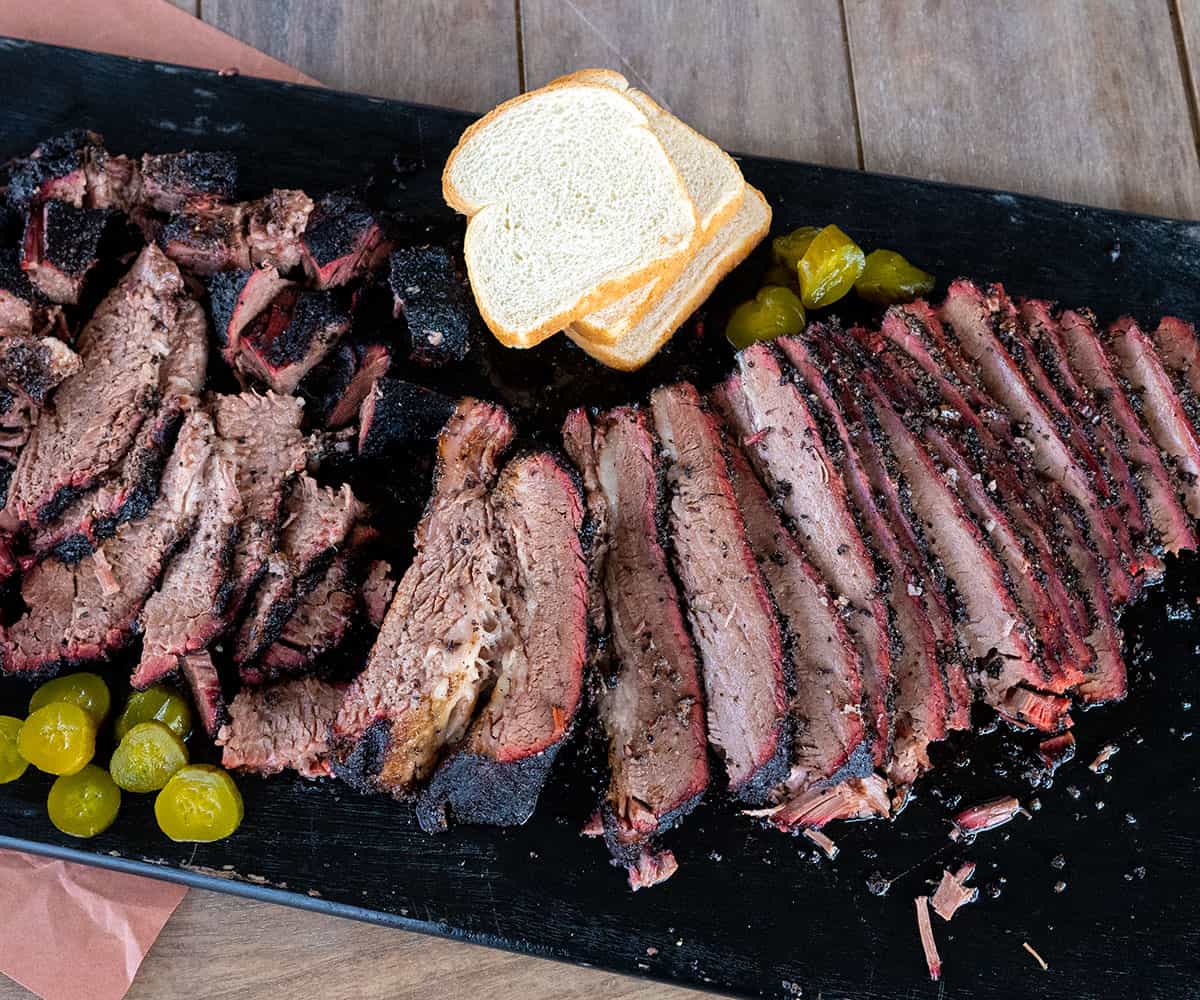

Articles
How To Cook A Boneless Beef Brisket Cooking In An Electric Skillet
Modified: August 24, 2024
Learn how to cook a mouthwatering boneless beef brisket with our step-by-step guide using an electric skillet. Find more helpful articles on cooking techniques and recipes.
(Many of the links in this article redirect to a specific reviewed product. Your purchase of these products through affiliate links helps to generate commission for Storables.com, at no extra cost. Learn more)
Introduction
Are you ready to embark on a culinary adventure and master the art of cooking a boneless beef brisket in an electric skillet? Look no further! In this article, we will guide you through the steps to prepare a tender and flavorful brisket that will leave your taste buds begging for more. Whether you are a seasoned chef or a novice in the kitchen, this recipe is sure to impress your family and friends.
Brisket, a cut of beef renowned for its rich flavor and tenderness, is a classic dish that holds a special place in the hearts and taste buds of meat lovers everywhere. By using an electric skillet, we can harness the power of even heating and precise temperature control to achieve the perfect cook on our brisket. This method ensures a mouthwatering result every time.
As we journey through the process of preparing and cooking a boneless beef brisket, we will provide helpful tips and insights to elevate your cooking game. From selecting the right brisket to seasoning, cooking, and serving, we will cover all the essential steps necessary to create a memorable dining experience straight from your own kitchen.
So, let’s roll up our sleeves, gather our ingredients, and get ready to cook a delicious boneless beef brisket that will have everyone at the table asking for seconds. Get your electric skillet ready, as we dive into the world of brisket perfection!
Key Takeaways:
- Master the art of cooking a tender and flavorful boneless beef brisket in an electric skillet by selecting the perfect brisket, properly preparing and seasoning the meat, and utilizing low and slow cooking for mouthwatering results.
- Elevate the flavors of your brisket by experimenting with optional additions such as onions, garlic, barbecue sauce, herbs, and fruit juices, and savor the satisfaction of sharing a delicious meal centered around a perfectly cooked brisket.
Selecting the Beef Brisket
The first step to cooking a mouthwatering boneless beef brisket in an electric skillet is selecting the right piece of meat. A good quality brisket will be the foundation for a delicious and tender end result.
When it comes to choosing a brisket, you have two main options: a whole packer brisket or a trimmed flat. A whole packer brisket contains both the flat and point cuts, while a trimmed flat is just the leaner portion of the brisket. The choice will depend on your preference and cooking method.
Look for a brisket that has a nice marbling of fat throughout the meat. This will ensure that your brisket stays moist and flavorful when cooked. You can also choose between a choice or prime grade brisket, with prime being the higher quality option.
Size is another factor to consider when selecting a brisket. Larger briskets will take longer to cook, so keep this in mind if you are short on time. Aim for a brisket that is around 10 to 12 pounds for a good balance of cooking time and yield.
Lastly, make sure to check the packaging date and choose a brisket that is fresh. You want to avoid any meat that has been sitting in the store for too long, as freshness is key to achieving the best flavor and texture.
By selecting a high-quality brisket with good marbling and fresh packaging, you are setting yourself up for success in creating a delicious boneless beef brisket cooked in an electric skillet. With our brisket in hand, let’s move on to the next step: preparing the brisket.
Preparing the Brisket
Before we dive into the cooking process, it’s important to properly prepare the brisket to ensure optimal flavor and tenderness. Follow these steps to get your boneless beef brisket ready for the electric skillet:
- Unpack the brisket and pat it dry with paper towels. Removing excess moisture will help the seasoning to adhere better to the meat.
- If your brisket has a layer of fat on top, decide whether you want to trim it or leave it intact. Trimming the fat can help prevent flare-ups and overly greasy results, but it also adds flavor and moisture to the meat. Consider your preferences and proceed accordingly.
- If you choose to trim the fat, use a sharp knife to carefully remove the excess fat, leaving a thin layer to enhance the flavor and moisture.
- Next, it’s time to score the fat layer, if it’s still intact. Make shallow cuts in a diamond pattern to allow the seasoning to penetrate the meat and create a beautiful presentation once cooked. Be careful not to cut too deep into the meat.
- Once the brisket is trimmed and scored, it’s a good idea to let it sit at room temperature for about 30 minutes. This will help the meat relax and come to an even temperature, resulting in more even cooking and better flavor.
By properly preparing the brisket, you are setting the stage for a delicious and well-cooked dish. Taking the time to trim and score the meat, as well as allowing it to come to room temperature, will contribute to a more flavorful and tender boneless beef brisket. Now that our brisket is prepped, let’s move on to the next step: seasoning.
Seasoning the Brisket
Seasoning is a crucial step in enhancing the flavor of your boneless beef brisket. By combining the right blend of herbs, spices, and seasonings, you can transform an ordinary cut of meat into a mouthwatering delight. Here’s how to season your brisket for maximum taste:
- Start by creating a basic dry rub. This can include a combination of salt, pepper, garlic powder, onion powder, paprika, and any other spices you enjoy. Feel free to experiment and customize the rub to your liking.
- Generously coat the entire surface of the brisket with the dry rub, making sure to cover every nook and cranny. Use your hands to gently press the rub into the meat, ensuring it adheres well.
- Cover the seasoned brisket with plastic wrap or place it in a resealable plastic bag. Let it marinate in the refrigerator for at least 4 hours, or preferably overnight. This allows the flavors to penetrate the meat and enhances the overall taste.
When it comes to seasoning, remember that balance is key. Don’t be afraid to add a little extra of your favorite spices to amp up the flavor, but be cautious not to overpower the natural taste of the beef. The goal is to enhance, not overpower, the meat’s natural flavors.
Now that your boneless beef brisket is properly seasoned, it’s time to move on to the next step: preheating the electric skillet. But before we do that, let’s take a moment to appreciate the beautiful flavors that will soon come to life in our perfectly seasoned brisket.
Preheating the Electric Skillet
Preheating the electric skillet is an essential step in ensuring even cooking and achieving that perfect sear on your boneless beef brisket. Follow these steps to properly preheat your skillet:
- Before turning on the skillet, make sure it is clean and dry. Any residue or moisture can affect the cooking process and result in unevenly cooked brisket.
- Place the electric skillet on a heat-resistant surface and plug it into a power source.
- Adjust the temperature dial to the desired temperature. For brisket, a medium-high heat setting is recommended, usually around 350°F (175°C).
- Allow the skillet to preheat for at least 10 minutes. This will ensure that the entire cooking surface is evenly heated, providing consistent heat distribution throughout the cooking process.
Preheating the electric skillet is essential for a successful cooking experience. It allows the brisket to sear properly, locking in juices and creating that beautiful crust on the outside, while keeping the meat moist and tender on the inside. So, while the electric skillet is heating up, let’s move on to the next step: cooking the brisket.
Read more: How To Cook On Electric Skillet
Cooking the Brisket
Now that our electric skillet is preheated and ready to go, it’s time to cook our boneless beef brisket to perfection. Follow these steps for a tender and flavorful result:
- Place the seasoned brisket fat-side down in the electric skillet. The fat layer will help keep the meat moist during the cooking process.
- Cover the skillet with a lid or aluminum foil to trap the heat and moisture. This will create a controlled cooking environment, allowing the brisket to tenderize and develop flavors.
- Let the brisket cook undisturbed for about 3-4 hours. The exact cooking time will depend on the size of your brisket and your desired level of doneness. Aim for an internal temperature of around 195°F (90°C) for a melt-in-your-mouth texture.
- During the cooking process, avoid opening the lid frequently, as this can cause temperature fluctuations and extend the cooking time.
- After the initial cooking time, carefully flip the brisket so that the fat side is now facing up. This will help baste the meat and add additional flavor.
- Cook for an additional 1-2 hours, or until the brisket reaches your desired level of tenderness. The internal temperature should be around 200-205°F (93-96°C) for a fall-apart tender result.
As the brisket cooks, you’ll notice the tantalizing aroma filling your kitchen, building anticipation for the mouthwatering feast to come. The slow and low cooking method in the electric skillet allows the connective tissues to break down, resulting in a tender and juicy brisket.
Now that your brisket is cooked to perfection, it’s time to consider adding some additional ingredients to enhance the flavor even further. But before we move on, take a moment to appreciate the masterpiece you’ve created in your electric skillet.
When cooking a boneless beef brisket in an electric skillet, make sure to sear the meat on all sides before adding any liquid. This will help to lock in the flavor and juices, resulting in a more tender and flavorful brisket.
Adding Additional Ingredients (Optional)
While a well-seasoned and properly cooked boneless beef brisket is delicious on its own, you can take it to the next level by adding some additional ingredients during the cooking process. These ingredients can infuse the brisket with extra flavor and create a unique twist. Here are a few options to consider:
- Onions and Garlic: Sliced onions and minced garlic can be added to the electric skillet along with the brisket. These aromatics will release their flavors during the long cooking time, enhancing the overall taste of the brisket.
- Broth or Stock: Adding beef broth or stock to the skillet can help keep the brisket moist and create a flavorful cooking liquid. You can choose to cover the brisket partially or completely with the liquid, depending on your preference.
- Barbecue Sauce: For a smoky and tangy twist, brush your favorite barbecue sauce over the brisket during the last hour of cooking. This will result in a delicious glaze that enhances both the taste and appearance of the brisket.
- Herbs and Spices: Experiment with different herbs and spices to add depth to the flavor profile of the brisket. Some popular choices include rosemary, thyme, cumin, and chili powder. Sprinkle them over the top of the brisket before placing it in the electric skillet.
- Fruit Juices: For a touch of sweetness, you can add fruit juices such as apple juice or orange juice to the skillet. These juices will infuse the brisket with a subtle fruity flavor, creating a delightful contrast to the rich meat.
Remember, these additional ingredients are optional and should be added based on your personal preferences. Feel free to get creative and experiment with different combinations to find the flavors that excite your taste buds. The goal is to elevate the already delicious boneless beef brisket to new heights of flavor and enjoyment.
As the additional ingredients mingle and enhance the flavors of your brisket, it’s time to keep an eye on the cooking process and check for doneness. But first, take a moment to appreciate the aroma that fills the air as your brisket continues to cook in the electric skillet.
Checking for Doneness
Checking for doneness is a crucial step to ensure that your boneless beef brisket is cooked to perfection. While cooking times can vary depending on the size of the brisket and the cooking method, there are a few reliable methods to determine if your brisket is done. Here’s how:
- Internal Temperature: Using a meat thermometer, insert it into the thickest part of the brisket, avoiding any bones. The internal temperature should read around 195°F (90°C) for a tender brisket. If you prefer a more fall-apart texture, aim for an internal temperature of 200-205°F (93-96°C).
- Probe Test: If you don’t have a meat thermometer, you can use the probe test. Carefully insert a fork or skewer into the brisket. If it goes in and comes out with little resistance, the brisket is likely done. If it meets resistance or feels tough, continue cooking for a bit longer.
- Bend Test: Another way to check for doneness is the bend test. Using a pair of tongs, pick up the brisket from one end. If it easily bends and cracks along the surface, it’s a good indication that it’s done. If it feels stiff and doesn’t give much, it needs more time to cook.
Remember that brisket is a tough cut of meat that requires a long cooking time to achieve tenderness. It’s better to slightly overcook the brisket than to undercook it, as it will continue to tenderize as it rests. However, be mindful not to overcook it to the point where it becomes dry or loses its texture.
Once your brisket passes the doneness test, it’s time to let it rest and release those mouthwatering flavors before slicing into it. But before we do that, take a moment to appreciate the achievement of perfectly cooked brisket in your electric skillet.
Resting and Slicing the Brisket
After cooking your boneless beef brisket to perfection, it’s crucial to allow it to rest before slicing. Resting allows the juices to redistribute throughout the meat, resulting in a more flavorful and tender brisket. Here’s how to rest and slice your brisket:
- Remove the cooked brisket from the electric skillet and place it on a cutting board.
- Loosely tent the brisket with aluminum foil to retain the heat and moisture. This will also prevent the meat from cooling too quickly.
- Let the brisket rest for about 20-30 minutes. During this time, the meat will continue to cook slightly and the juices will evenly distribute throughout the brisket.
- While the brisket is resting, this is a good opportunity to prepare any accompanying side dishes or sauces.
- After the resting period, it’s time to slice the brisket. Carefully remove the foil and place the brisket on a cutting board.
- Using a sharp carving knife, slice the brisket across the grain. This will help ensure tenderness in each slice.
- It is recommended to slice the brisket into thin slices for a more enjoyable eating experience. However, you can adjust the thickness of the slices according to your preferences.
As you slice through the tender, juicy brisket, you’ll reveal the beautiful layers and marbling that make it so delicious. Take your time and savor the moment as you prepare each slice, knowing that the effort and patience have paid off in creating an amazing boneless beef brisket.
With the brisket sliced, it’s time to garnish, serve, and indulge in the flavors you’ve created. But before we conclude our cooking journey, let’s reflect on the satisfaction that comes with preparing and presenting a perfectly cooked brisket.
Read more: How To Cook Pasta In Electric Skillet
Serving and Enjoying the Brisket
Now that your boneless beef brisket is beautifully sliced and ready to be enjoyed, it’s time to put together a memorable meal. Here are some tips for serving and savoring your delectable brisket:
- Arrange the slices of brisket on a platter or individual plates, making sure to display the succulent meat and inviting aroma.
- Consider serving the brisket with some classic accompaniments, such as coleslaw, pickles, or cornbread, to complement the flavors and add variety to the meal.
- Drizzle some of the cooking juices or barbecue sauce over the slices of brisket to add extra moisture and enhance the flavor.
- Garnish the brisket platter with fresh herbs, such as parsley or cilantro, for a pop of color and a touch of freshness.
- Share the deliciousness! Brisket is often enjoyed as part of a communal meal, so gather your loved ones around the table to savor the flavors and create lasting memories.
- Take a moment to appreciate the aroma, texture, and taste of each bite. Close your eyes and savor the blend of tender meat, savory spices, and rich flavors that make brisket such a special dish.
- Remember, leftovers can be just as enjoyable! Store any remaining brisket in an airtight container in the refrigerator and use it for sandwiches, tacos, or even a breakfast hash in the days to come.
As you indulge in the deliciousness of your perfectly cooked boneless beef brisket, take time to enjoy the fruits of your labor and revel in the satisfaction of a job well done. Whether it’s a special occasion or simply a weekday treat, sharing a meal centered around a mouthwatering brisket is sure to bring moments of joy and culinary delight.
Congratulations on mastering the art of cooking a boneless beef brisket in an electric skillet. As you continue to explore the world of cooking, may your culinary adventures be filled with creativity and tasty discoveries.
Conclusion
Cooking a boneless beef brisket in an electric skillet is a culinary journey that combines patience, skill, and passion. By following the steps outlined in this article, you can create a tender, flavorful, and crowd-pleasing brisket right in your own kitchen.
We began our adventure by selecting the perfect brisket, ensuring it was well-marbled and fresh. Then, we took the time to properly prepare and season the meat, allowing the flavors to permeate and enhance each bite. Preheating the electric skillet and cooking the brisket low and slow brought out the tenderness and developed a beautiful crust on the outside.
For those looking to elevate the flavors even further, we explored optional additions such as onions, garlic, barbecue sauce, and herbs. These ingredients allowed for personalization and creative experimentation to suit individual taste preferences.
Once the brisket was cooked to perfection, we emphasized the importance of resting the meat to allow the juices to redistribute for maximum flavor and tenderness. The final step involved slicing the brisket and serving it alongside complementary side dishes, creating a meal that was as visually appealing as it was delicious.
Throughout this process, it’s important to embrace the joy of cooking and sharing a meal with loved ones. The aroma and taste of a perfectly cooked boneless beef brisket are meant to be savored and enjoyed in the company of others.
As you embark on your own brisket-cooking journey, remember to remain curious, open to experimentation, and willing to adapt the recipe to suit your preferences. Cooking is an art that leaves room for creativity and personal touches.
So, let the electric skillet sizzle, the aromas fill the air, and the flavors dance on your taste buds as you master the art of cooking a boneless beef brisket. Happy cooking, and may your culinary adventures be filled with deliciousness and satisfaction!
Frequently Asked Questions about How To Cook A Boneless Beef Brisket Cooking In An Electric Skillet
Was this page helpful?
At Storables.com, we guarantee accurate and reliable information. Our content, validated by Expert Board Contributors, is crafted following stringent Editorial Policies. We're committed to providing you with well-researched, expert-backed insights for all your informational needs.
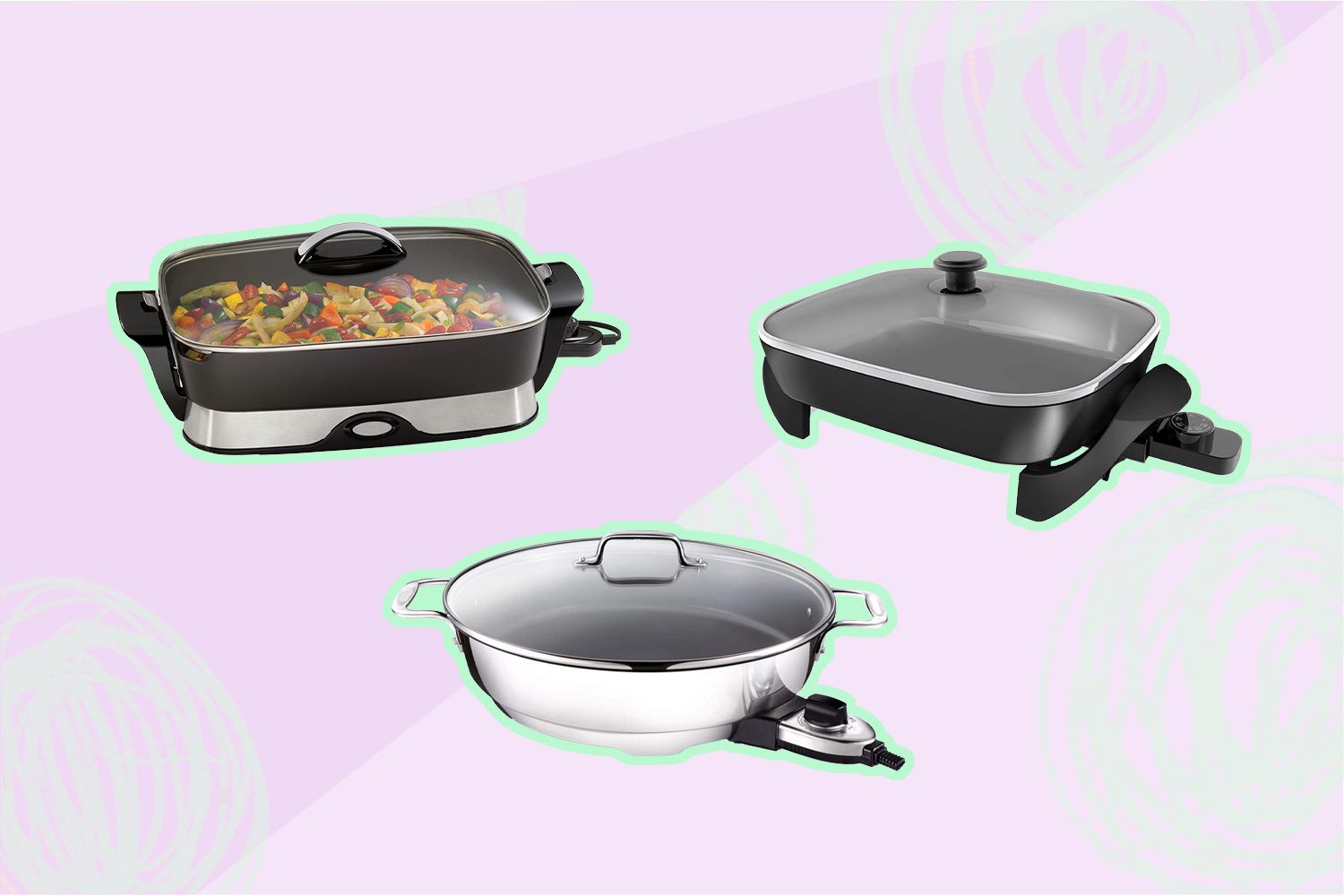
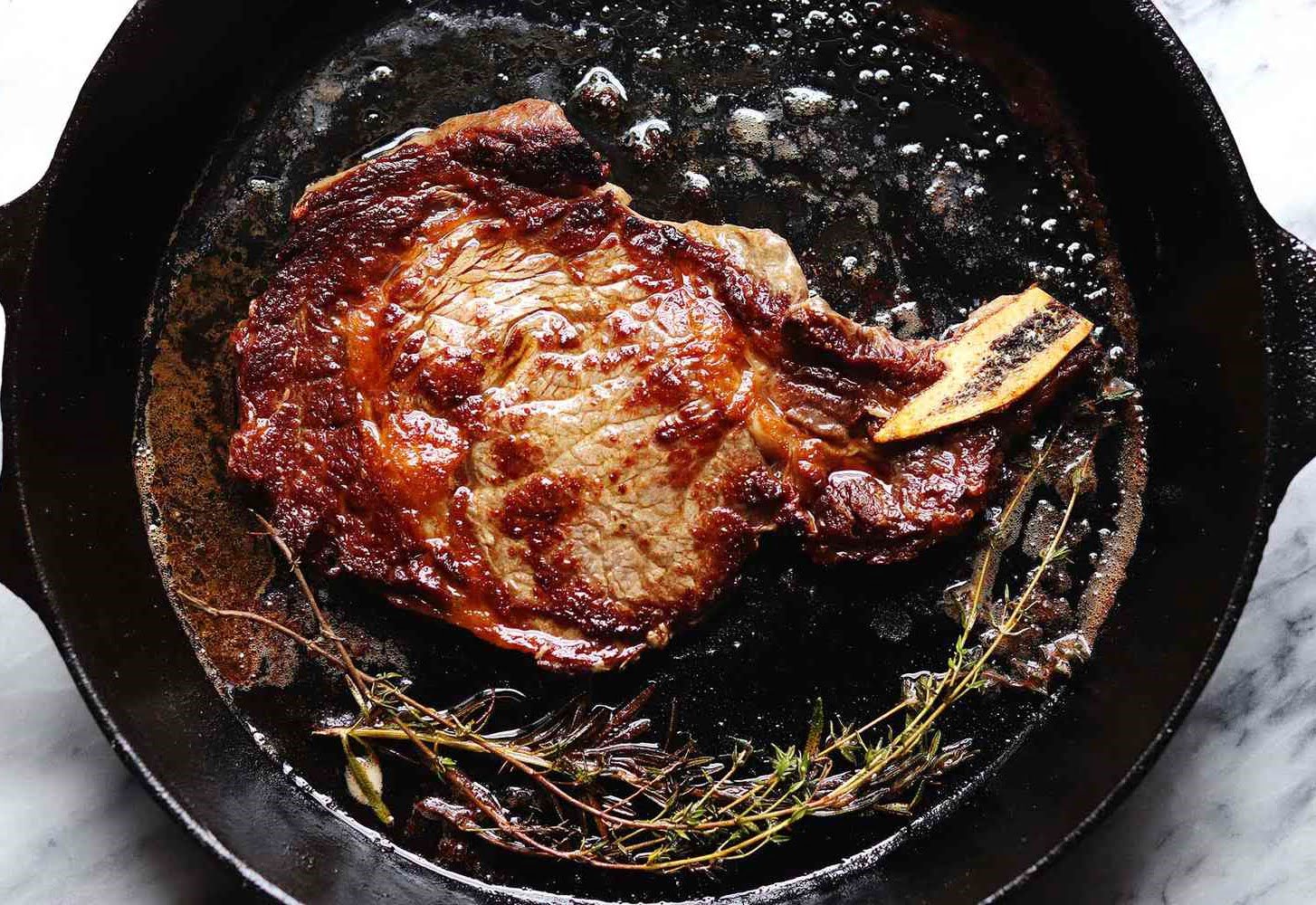
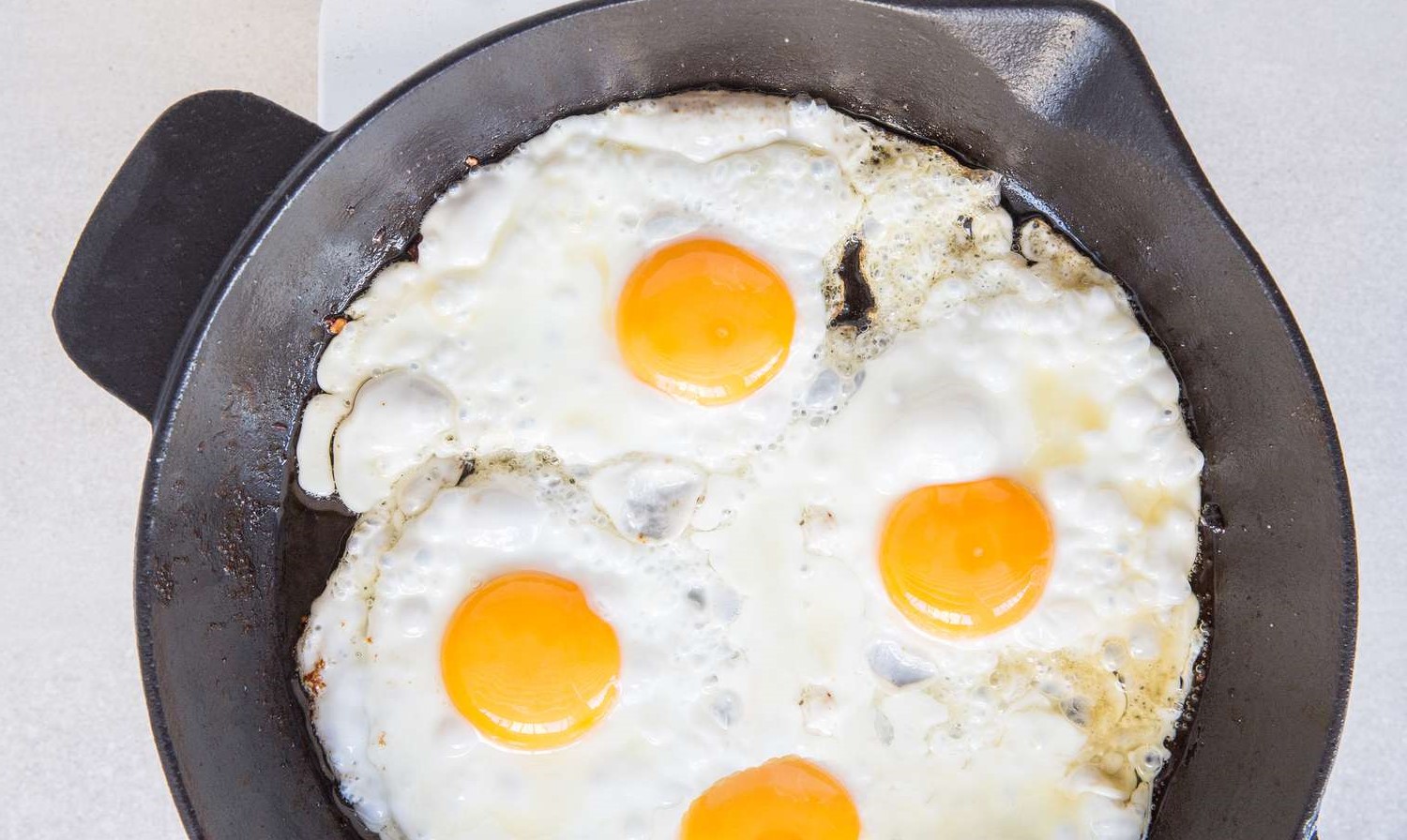
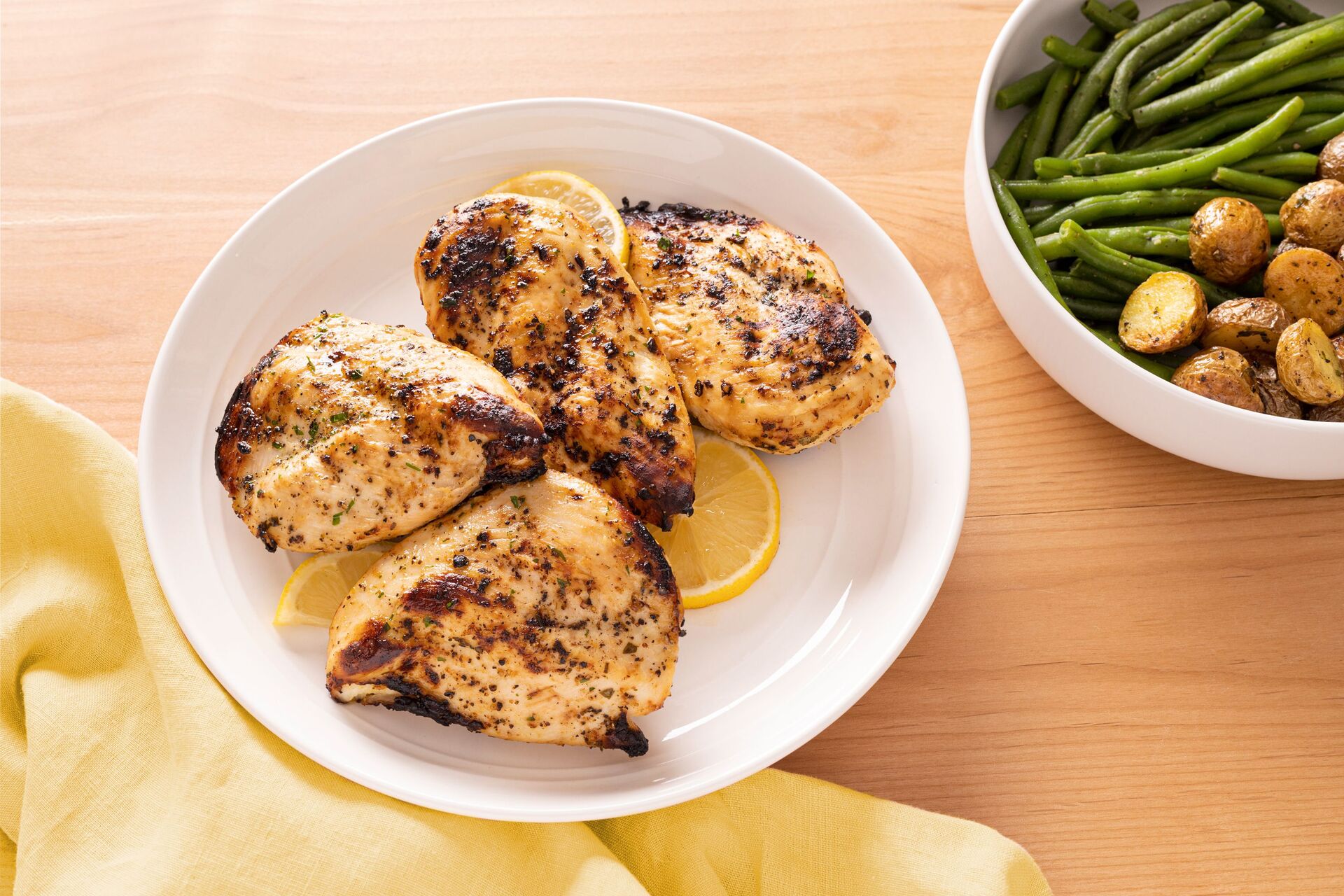

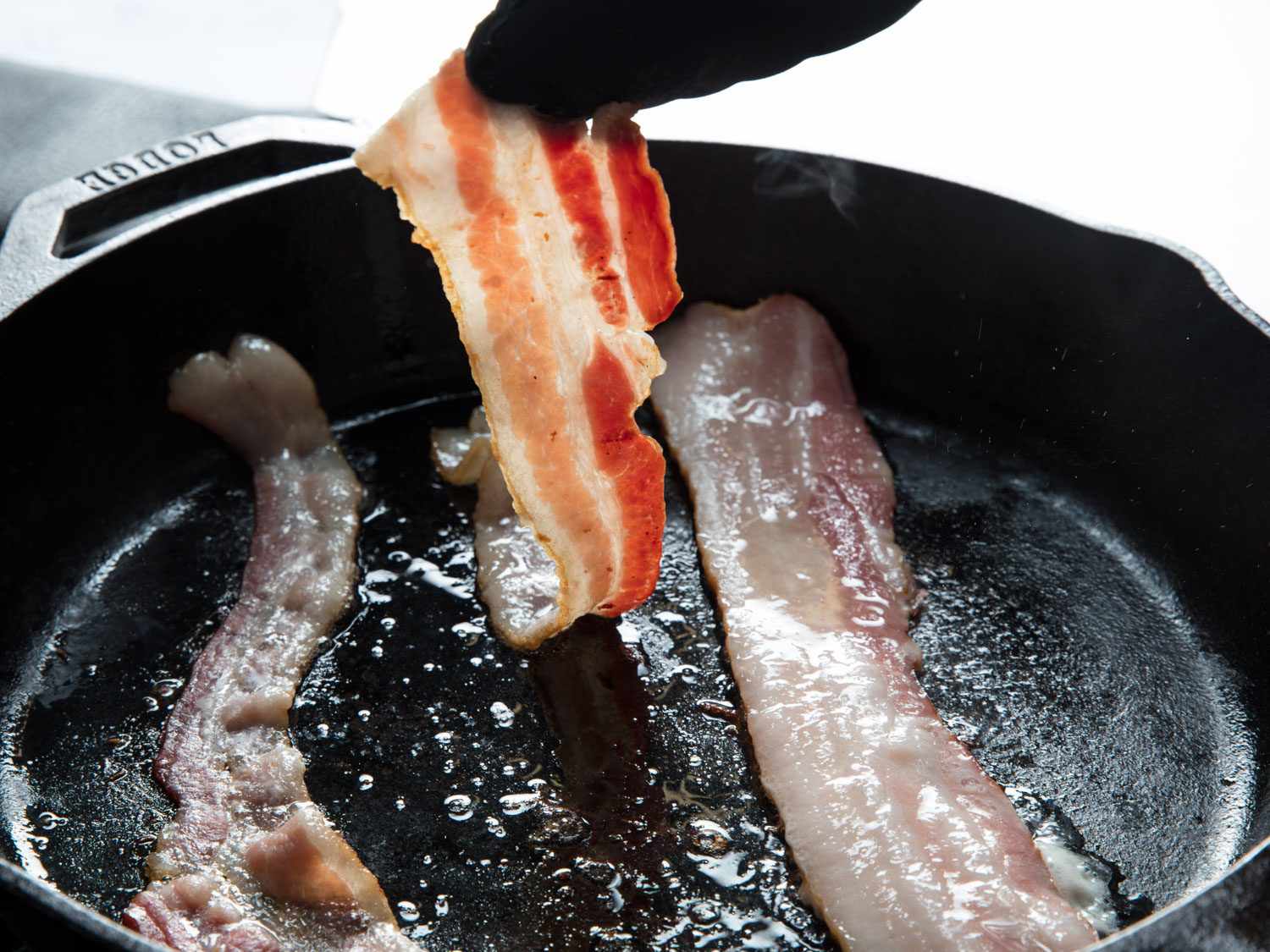
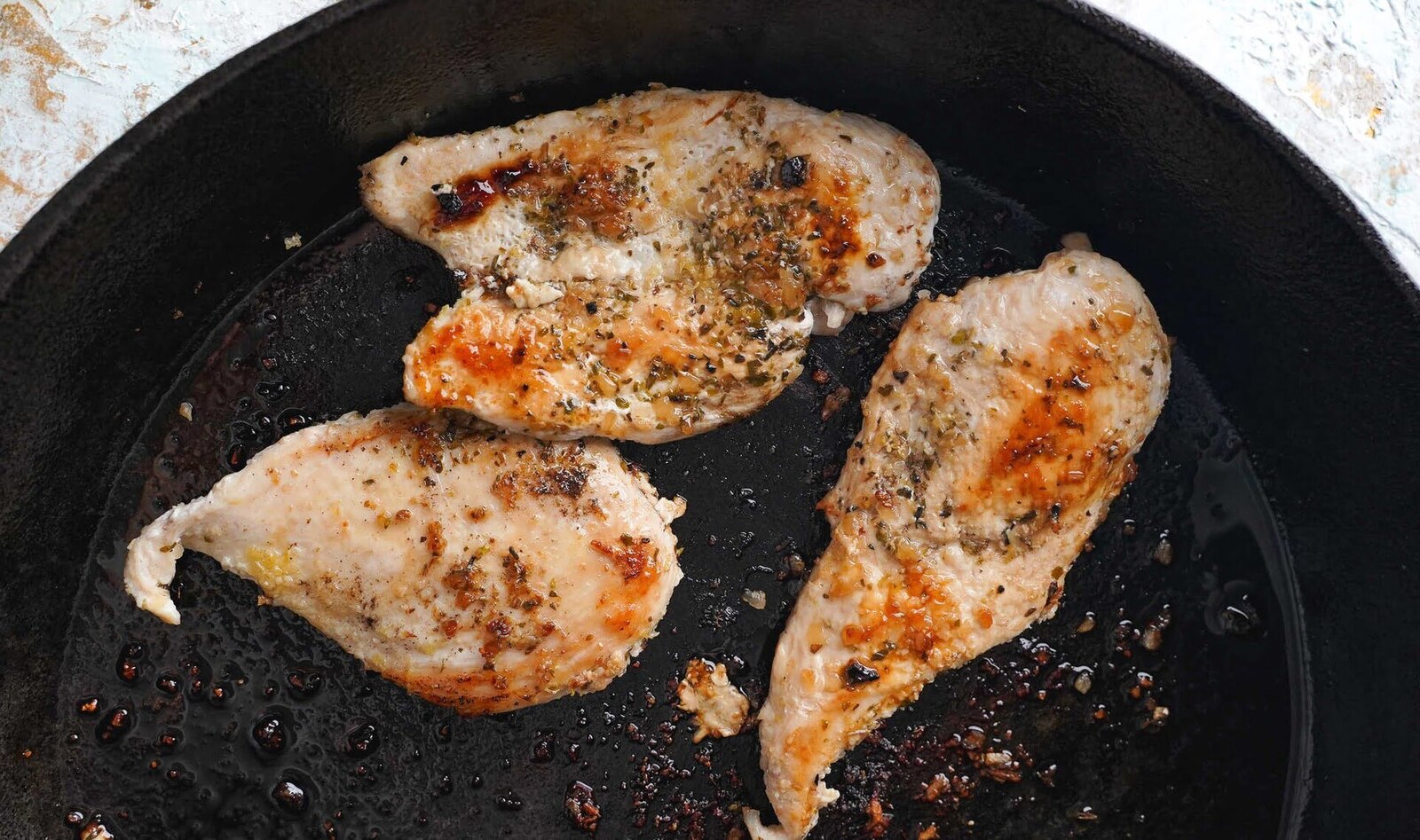
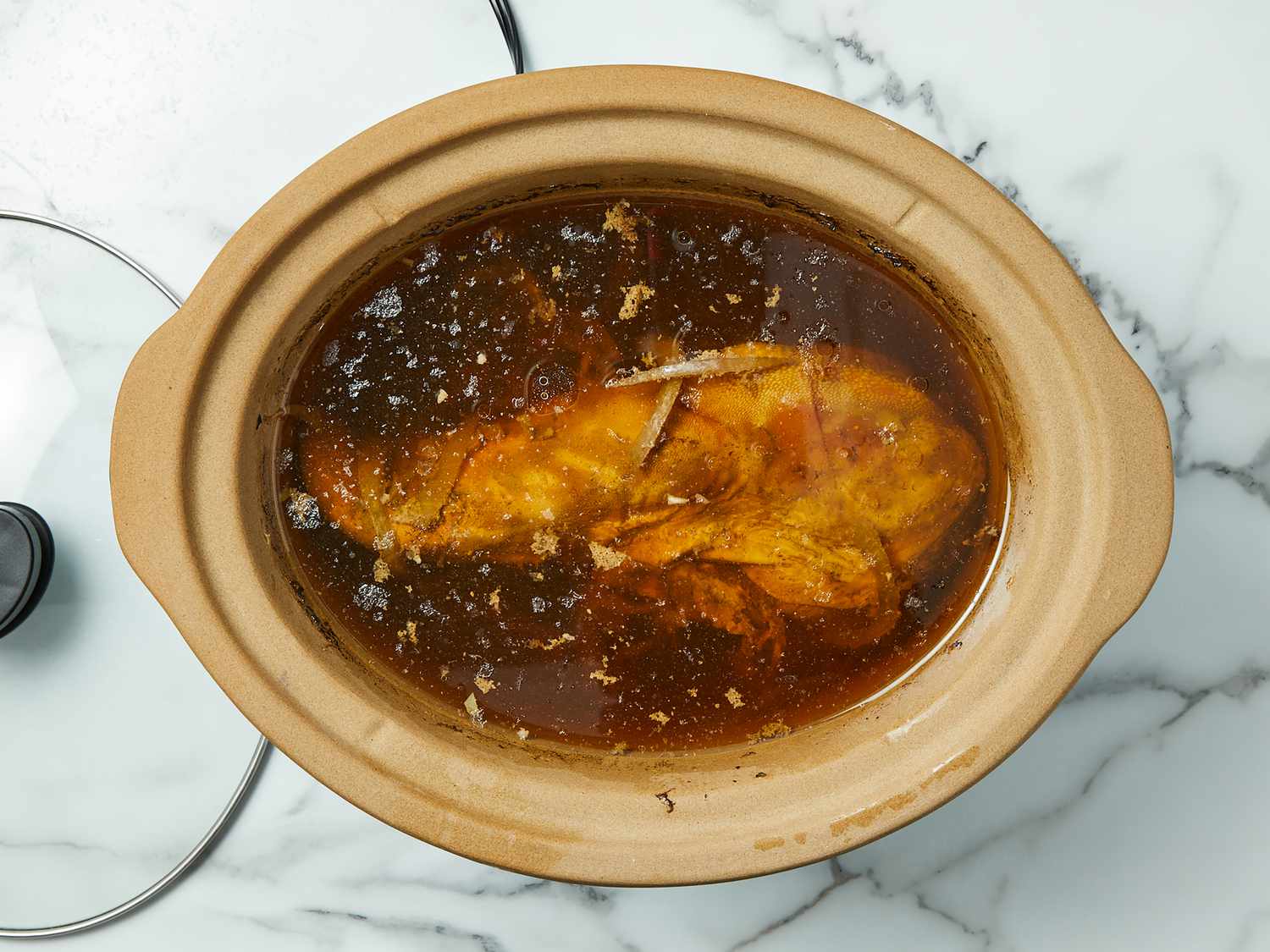
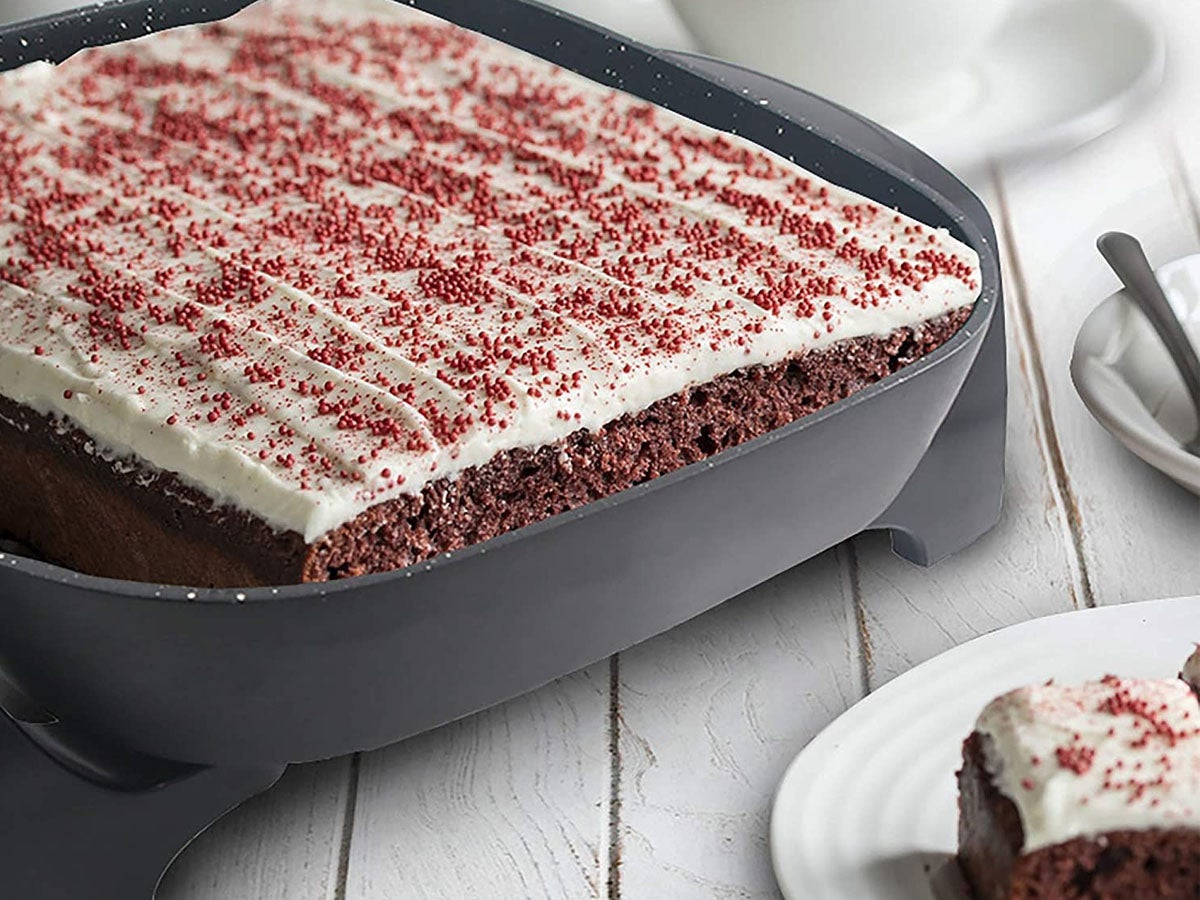
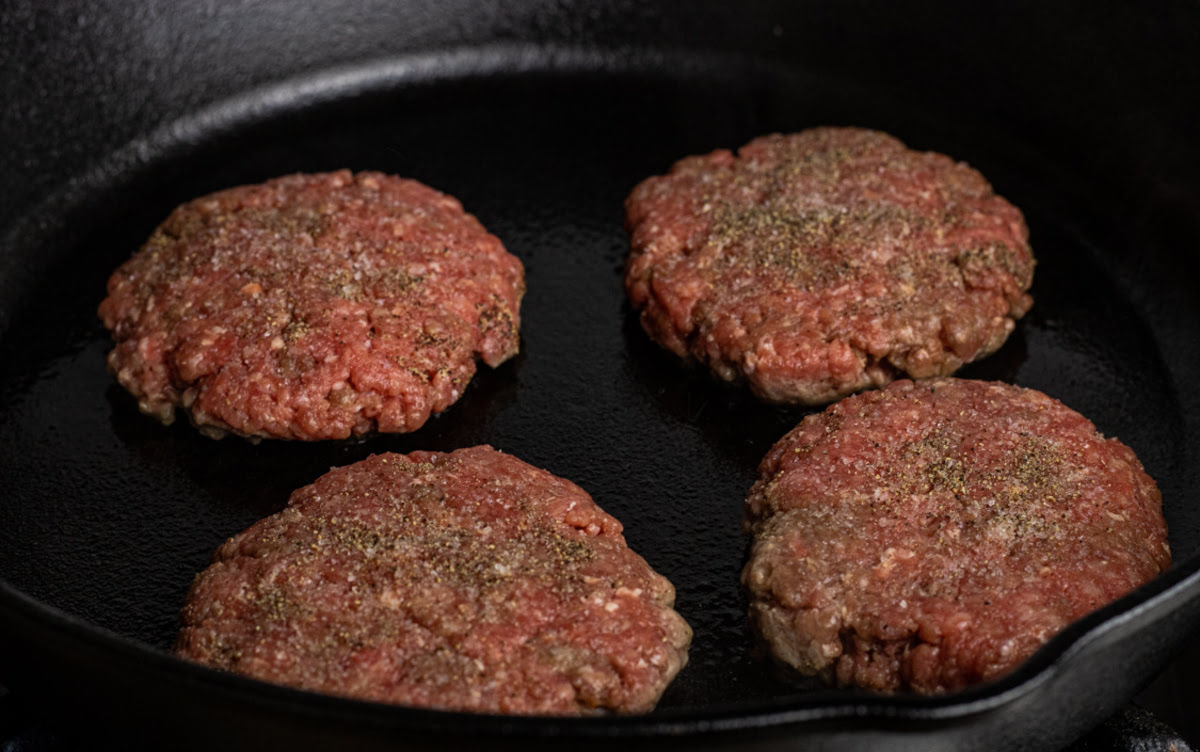
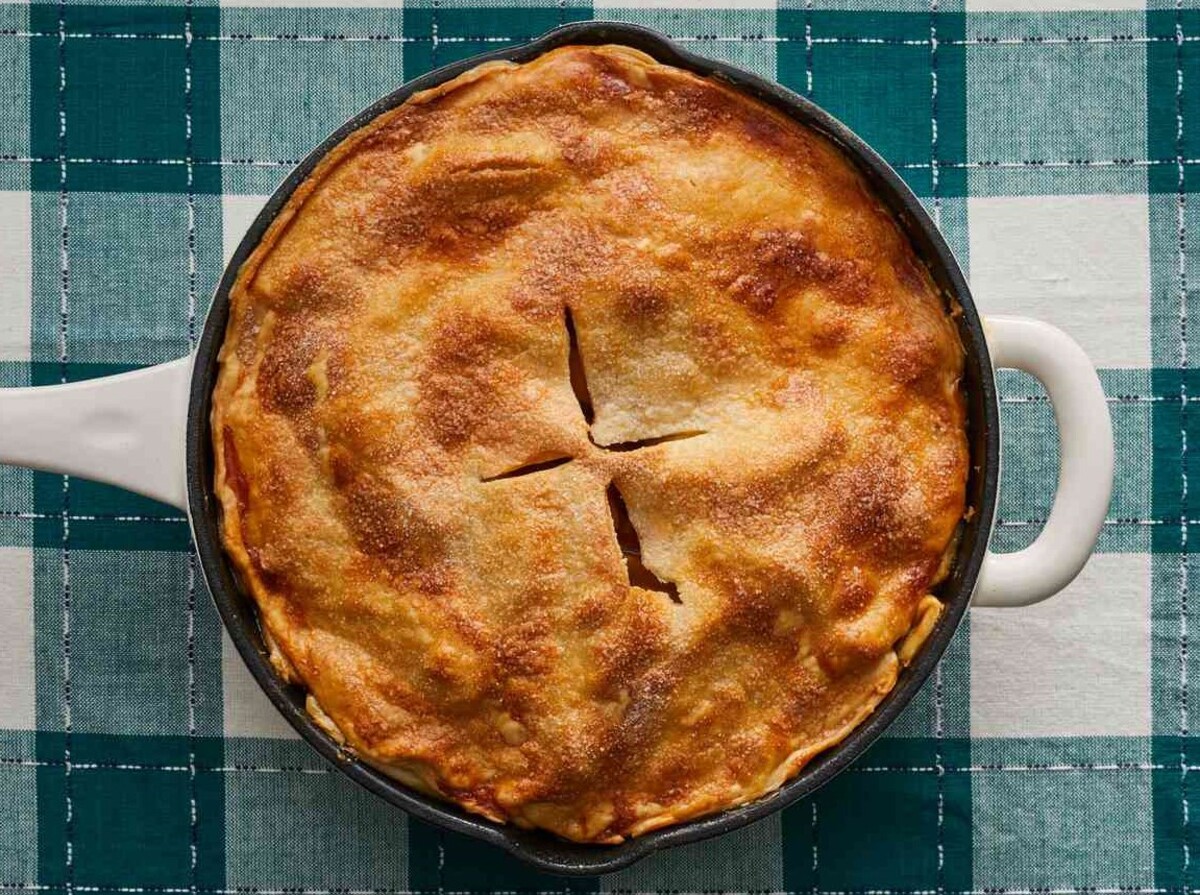
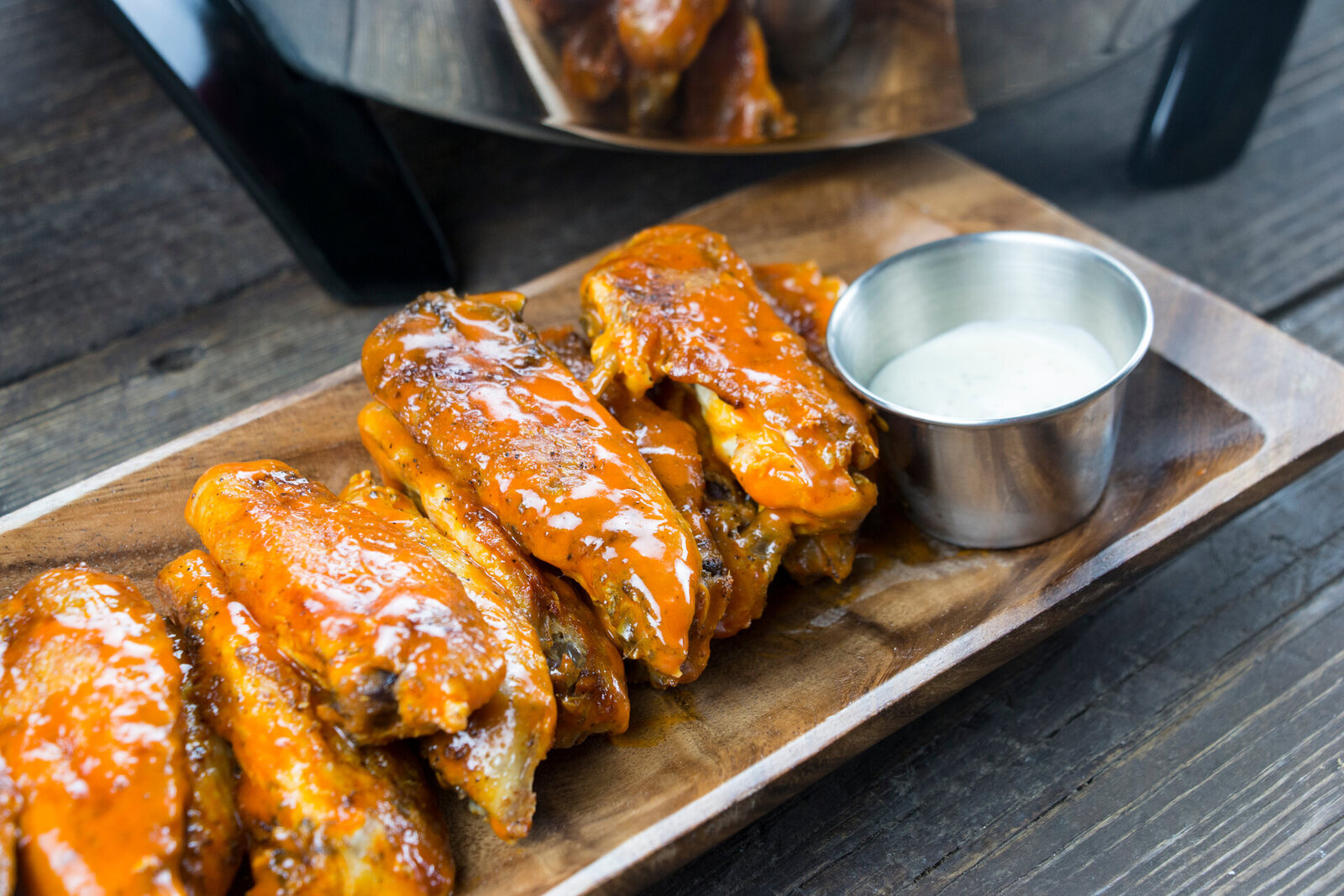


0 thoughts on “How To Cook A Boneless Beef Brisket Cooking In An Electric Skillet”